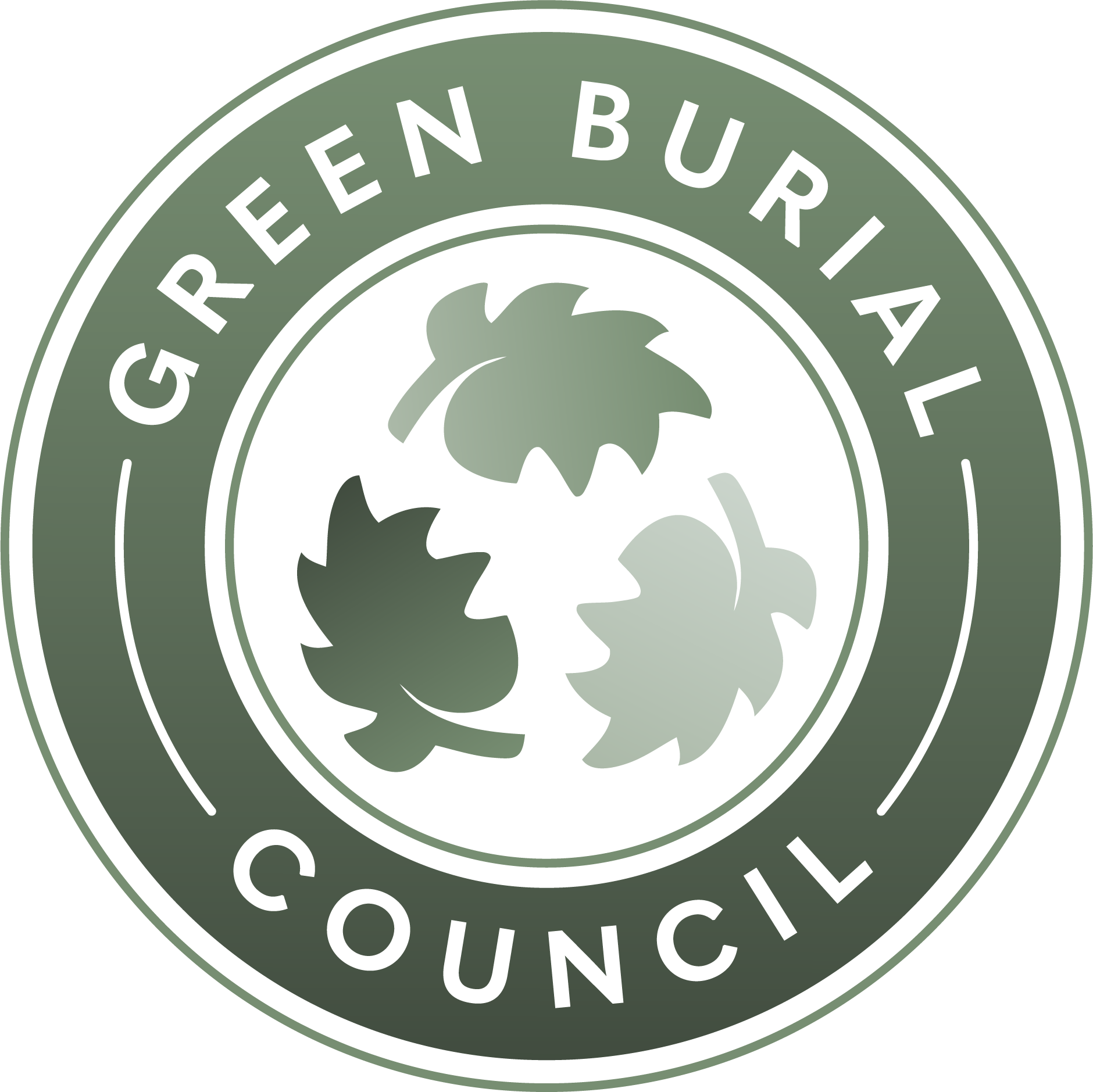Certification Standards
Funeral Homes
Learn more about our Funeral Home Certification Standards and general criteria.Learn More
Cemeteries
Learn more about our Cemetery Certification Standards and general criteria.Learn More
Burial Products
Learn more about our Burial Product Certification Standards and general criteria.Learn More
Body Care Products
Learn more about our Body Care Certification Standards and general criteria.Learn More
